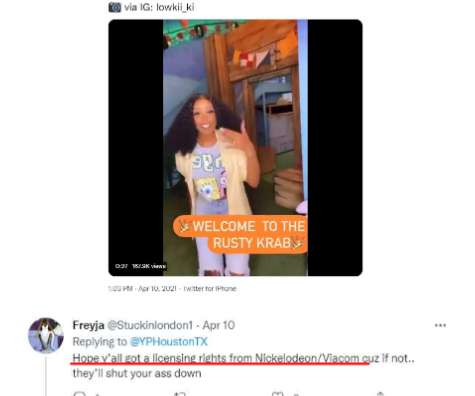3 Count: Warhol Battle
Plagiarism Today
OCTOBER 13, 2022
In 1984, Lynn licensed one of her photographs of the musician Prince to be converted into a painting by Warhol for Vanity Fair magazine. Lynn sued allegiging that those prints were a copyright infringement. 2: Textile Designer Sues Zulily for Copyright Infringement.














Let's personalize your content